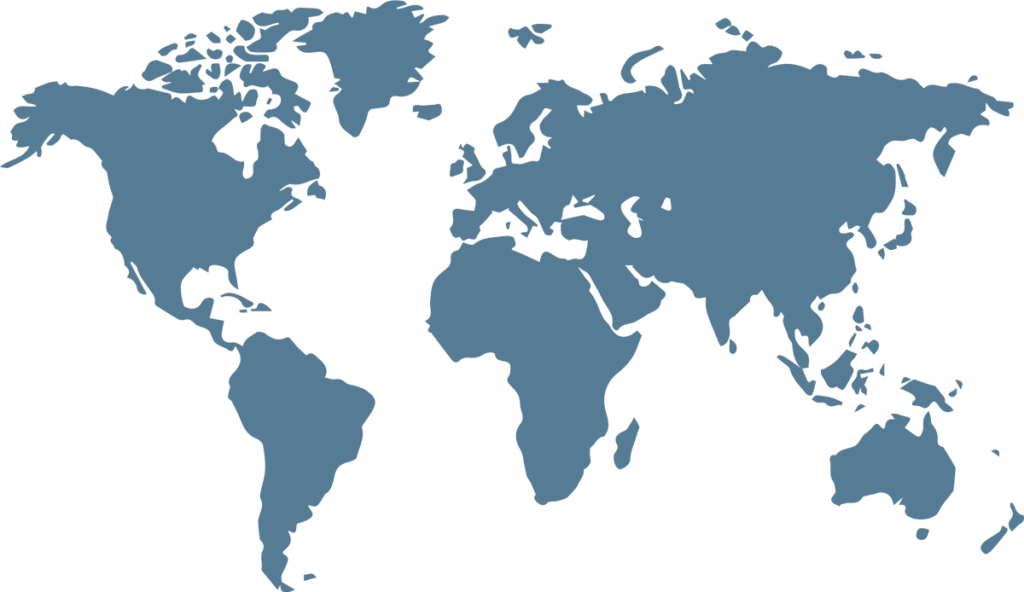Harold Koh tapped the snap-collar denim jacket that he placed on a conference table, wide arcs of contrast stitching swooping across its surface. A set of corset laces adorned a panel at the back. Emblazoned on a label inside were the words “Nextevo x Bershka.”
“They gave us equal credit,” the CEO said with a grin at Nextevo’s headquarters at the National Design Centre in Singapore, where visitors are greeted with a mini-exhibit of how the startup turns discarded pineapple leaves into fashionable textiles.
The process is neither quick nor easy. Although the spiky fronds comprise up to 80 percent cellulose, extracting these filaments is still largely a manual process. So are the washing, sun-drying and chemical degumming steps that must follow in order to remove any remaining residue.
It’s only then that Nextevo winds up with a fluff-like pineapple leaf fiber—PALF, for short—that can be combined with other more conventional materials for spinning into yarn. Bershka, which shares a parent company with Zara in Inditex, opted to mix 22 percent PALF with 78 percent cotton to create its moto-inspired jacket and matching pair of jeans, which are available for purchase at $69.90 apiece.
Koh was visibly excited by the collaboration, Nextevo’s first major commercial launch, though fashion isn’t exactly his metier. For nearly a decade, he helmed one of Indonesia’s largest pineapple producers. After Koh left the company, a friend in the coconut business tried to convince him to do something about the waste. Koh wasn’t enamored by the idea of trading in coconuts, but it got him thinking about how much of Southeast Asia’s agricultural waste was going up in flames, fueling air pollution. In 2019, he decided to write up a “quick and dirty” business plan, only with a crop that he was already familiar with.
Today, Nextevo has two nerve centers: Singapore, where sales, marketing and product development take place, and Thailand, where it has leased part of Siam Agro-Food Industry, the nation’s largest pineapple cannery, to process its fiber. Some 200 growers across Indonesia and Thailand supply the leaves. By 2024, the plan is to increase this number to 5,000, including from the Philippines. Beyond pineapple leaves, Nextevo could start collecting corn husks and banana stems. Koh is also thinking of growing abaca and other crops to build the health of unproductive soil.
Like other bast fibers, PALF can be on the coarser side, though this is less of a concern for denim, which is meant to be a rugged material to begin with. There are also advantages to using pineapple fiber, such as the fact that it absorbs and retains dye roughly four times better than cotton.
Still, there are limits: In a blended yarn, PALF content tops out at 30 percent before it becomes less amenable to garment production. While this could, of course, change with greater R&D, it’s not Koh’s most pressing concern at the moment.
“We need to scale up,” he said.
Next year, Koh hopes to exceed 200 tons of PALF, which, if blended at the 20 percent level, can produce up to 500 tons of yarn. It’s not a lot, he admits, but the company is still in its early days and Covid-19 didn’t help by holding up deliveries of essential equipment. So far, Nextevo has one machine that’s humming away in its corner in Thailand. By next April, it plans to add another three or four.
Nextevo might move out from the cannery eventually but it’s not a priority at the moment. For one thing, there’s plenty of room for expansion, Koh said. For another, the facility is ISO 14001 certified for environmental management, something that came in handy when the Bershka team dropped by to verify Nextevo’s claims.
“They wanted to see that we have proper water treatment, they wanted to see that we really take care of the farmers, they wanted to see the whole process—you know, because they are a company that is quite serious about sustainability,” Koh said.
Plus, the location makes feedstock collection a cinch. The nearest plantation is less than 50 meters away. And with the same growers supplying fruit to the cannery, its supply chain is as visible as its gets, he added.
It’s another welcome sign that the Bershka pieces exceeded Koh’s expectations. He thought the hand feel would be rougher, “but it turned out to be so much better.” Future collaborations with Bershka or other Inditex brands might be in the cards, but Nextevo has plenty of other projects to keep it busy in the meantime. The new year might bring other denim products or perhaps a foray into upholstery. Footwear is another possibility.
And as business takes off, so will the cost of creating PALF come down, making the product more competitive. (Koh declined to specify the present markup, only describing it as “not very good.”) He also has his eye on automating more of the business, which would similarly drive down prices.
“I hope the market can give us a chance to do that,” Koh said.
Source : Sourcing Journal


